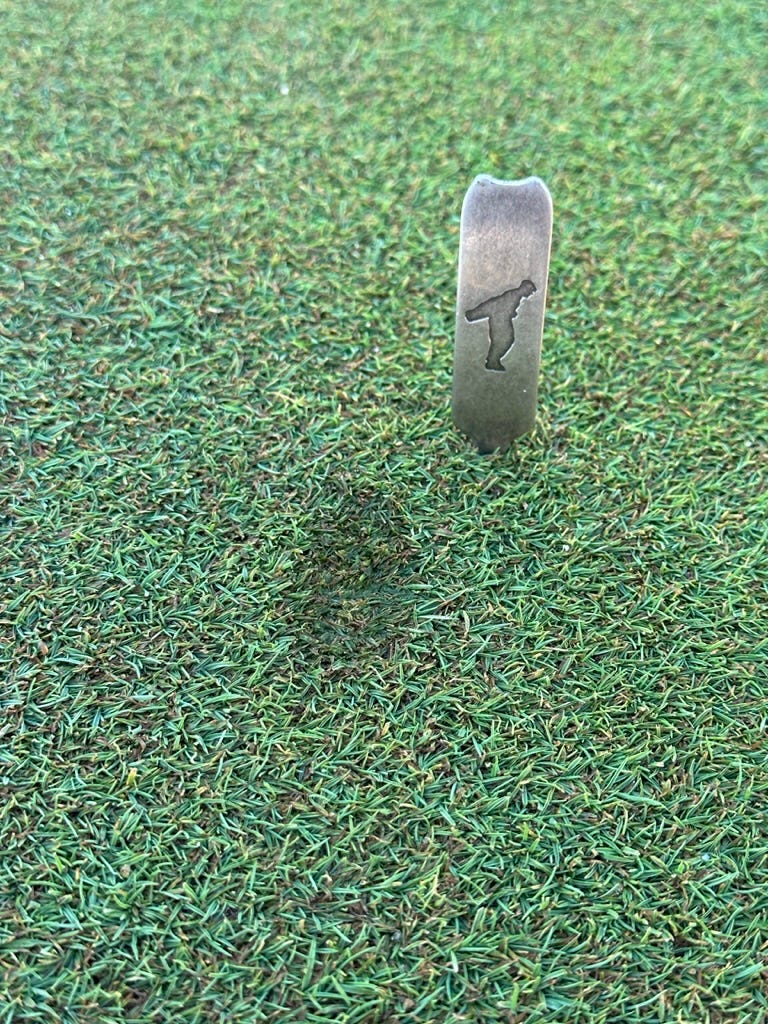Micah Woods’ recent Double Cut podcast was a good listen and an episode that rang true for me. The first half of the episode was more or less about how effective small amounts of nitrogen can be for managing putting surfaces. If you haven’t listened, I recommend taking 20 minutes, or less if you speed up the playback and listen to the first half. The second half is also interesting, but I’m going to write about the first half.
I’m fortunate to know and have taught seminars with many turfgrass scientists, I know one of the criticisms they often hear is: “that’s great in a controlled setting, but it won’t work in the real-world of a golf course receiving large amounts of play.” I’m a practitioner, not a scientist. I work on a busy golf course, and I can tell you the approaches Dr. Woods is advocating work and they work well.
The standard amount of nitrogen we apply in one application is 0.05 lbs/1000 (0.25g/m2). Our nitrogen source is almost always ammonium sulfate, meaning in each app, about 30 pounds of fertilizer is required for the desired nitrogen. That’s not very much material and even a small increase in the amount of nitrogen can lead to a substantial increase in growth.
Why worry about growth on such a microscopic level? Because doing so is what allows the approach I’ve written so much about–minimal aerification, zero vertical mowing or grooming, no in-season topdressing. These are things our golfers hate. With our approach we don’t need to do them, or we’ve minimized them because growth and nitrogen are so closely monitored.
At one point in the episode, Micah says (paraphrasing): “this isn’t about a low or high nitrogen program. It’s not about starving the plant, or being lean…” I was once someone who wanted to be very lean on nitrogen, I had an idea that the best thing for our greens was to ‘starve’ the plants. I don’t think of it like that anymore and our surfaces don’t look like they are starving, but our nitrogen is very low.
In the next couple of posts, I’m going to write about how we are keeping our nitrogen low and our growth exactly where we want it. I’ll show the calculations being used to analyze and make decisions on how much nitrogen to apply with each application.
One final comment: this isn’t about being cheap, or saving money. Sure, it does that, but that’s not the goal, and it’s not the reason for taking the approach we’ve taken. First and foremost, this is about creating the best possible surfaces, for the greatest number of days. End of—




